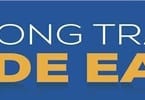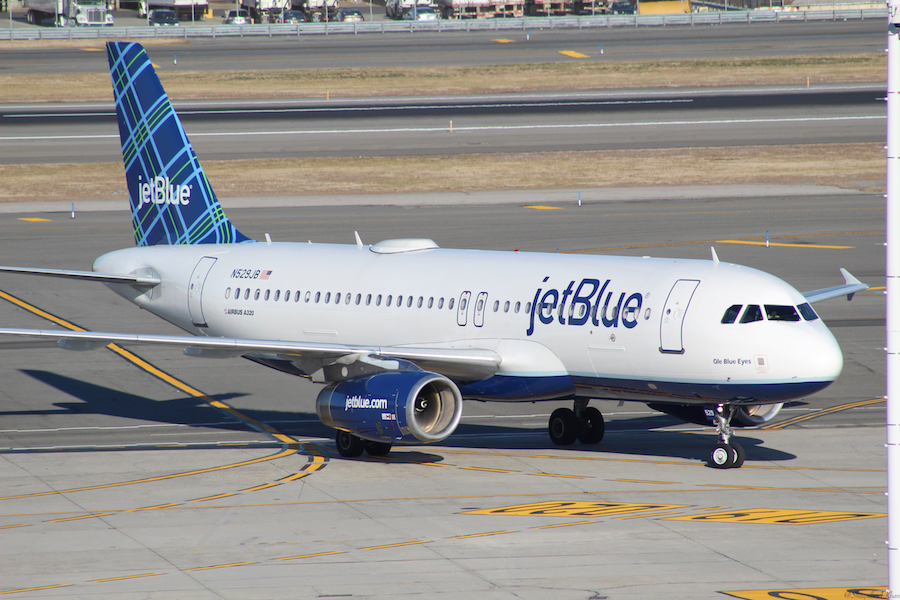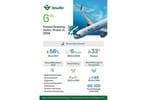WASHINGTON, June 18, 2014 – FLYERSRIGHTS.ORG, the largest passenger advocacy organization, issued a statement on the Federal Aviation Administration’s (FAA) issuance of Extended Operations (ETOPS) approval for the Boeing 787 Dreamliner and the recent approval of the Boeing 787-9 (stretch model).
ETOPS approval is required for two engine commercial aircraft flying long distances away from landing zones. In aviation slang the acronym ETOPS stands for “Engines Turning Or Passengers Swimming”, as the result of a double engine failure is a certain emergency landing in water or crash landing on land when no landing zone is available within the glide path.
The FAA now allows 787s to be operated for up to 330 minutes (5.5 hours) away from an airport, up from the previous 180 minutes. This will allow flights over empty areas of the Pacific and Indian oceans, as well as polar regions with no emergency landing zones for thousands of miles.
If even one engine were to fail, a twin engine aircraft must reduce its speed and altitude dramatically and will burn much more fuel than normal cruising altitude of 30,000 feet and 500 miles per hour speed.
Traditionally, ETOPS approval beyond 2 hours is not granted until an aircraft has had at least two years of trouble free operations.
This FAA approval came only one week after the National Transportation Safety Board (NTSB) issued a warning that the 787 battery certification was deficient.
“The recent NTSB report and the numerous safety related incidents since April 2013, including a world-wide grounding are clearly reliability and safety issues. Allowing the 787, a two engine aircraft with many unique features, to fly nonstop thousands of miles from the nearest landing zone is an unprecedented step,” said FlyersRights.org president, Paul Hudson.
Mr. Hudson is a long time member of the FAA Aviation Rulemaking Advisory Committee, representing airline passenger interests on safety matters, and has asked the FAA for documentation supporting its unprecedented approval of extended operations beyond 2 hours from the nearest landing zone.
In May 2013 FlyersRights.org filed a formal petition with the FAA with battery expert testimony questioning the safety of the Boeing 787 batteries even with the encasement of these volatile batteries in a metal box in case of fire or explosion, and requesting reduction to 2 hours from the nearest landing zone.
The many battery problems aren’t the only safety issues. The airlines had to go to extreme lengths to achieve reliability acceptable during the first year. See http://online.wsj.com/article/SB10001424127887324595704578240172467982196.html.
In conclusion, FlyersRights.org urges Congress to take its responsibilities seriously and hold hearings with independent safety experts and passenger representatives in order to resolve the conflicting opinions of the FAA and NTSB. DOT Secretary Anthony Foxx, who overseas both agencies, should put the FAA ETOPS decision on hold for at least a year, pending the results of further study, testing and reliability experience of the 787, which has experienced numerous emergency landings, canceled flights and aircraft groundings since 2012 due to mechanical problems.
WHAT TO TAKE AWAY FROM THIS ARTICLE:
- In aviation slang the acronym ETOPS stands for “Engines Turning Or Passengers Swimming”, as the result of a double engine failure is a certain emergency landing in water or crash landing on land when no landing zone is available within the glide path.
- Org filed a formal petition with the FAA with battery expert testimony questioning the safety of the Boeing 787 batteries even with the encasement of these volatile batteries in a metal box in case of fire or explosion, and requesting reduction to 2 hours from the nearest landing zone.
- Hudson is a long time member of the FAA Aviation Rulemaking Advisory Committee, representing airline passenger interests on safety matters, and has asked the FAA for documentation supporting its unprecedented approval of extended operations beyond 2 hours from the nearest landing zone.






















